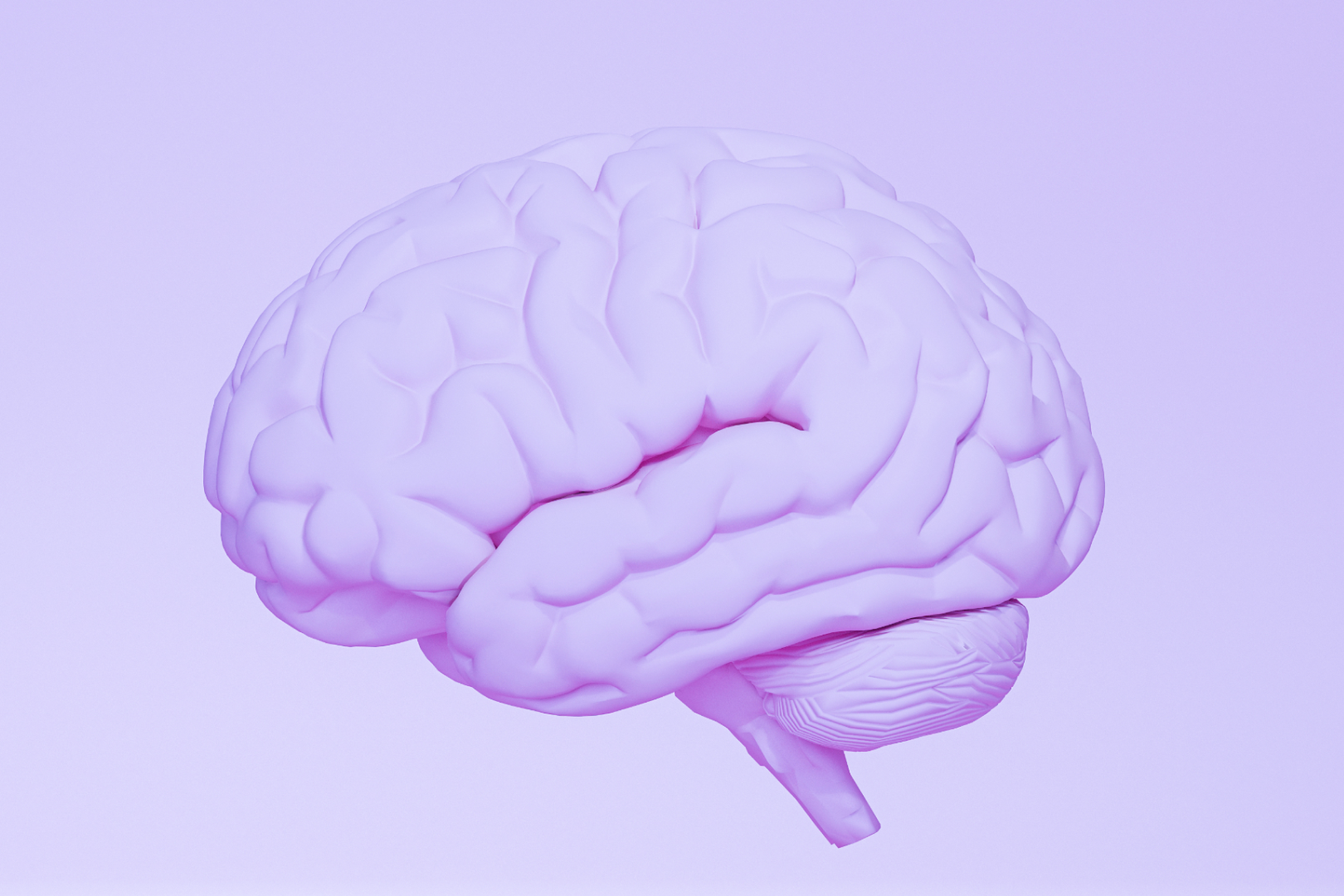A large chunk of our lives is spent at work. In fact, over a 50-year working life, you can expect to spend around 35% of your time working – and that excludes sleep! While work can be enjoyable and challenging and rewarding, it can also be full of stress, interpersonal conflict, and sometimes drudgery. In the US, 94% of workers say they are stressed at work, and a third say their stress level is high or unusually high.
Burnout is common, with 77% of people saying they have experienced burnout at their current job, and 50% saying they’ve had burnout more than once! What’s more, work is a crucial part of a person’s identity. It reflects one’s social status and reminds us just how much we have succeeded or failed in achieving our aspirations.
Of course, work is our source of income too, and directly impacts our financial well-being. With work taking up so much time and energy in our lives, and even more emotional and symbolic space in our psyche, it’s no wonder that mental health at work is a critical issue.
By mental health at work, what do you mean?
Mental health at work is the sum description of the way that the work environment and conditions are impacting the employees’ wellbeing. It covers a broad range of issues, such as work stress, conflict management, workplace discrimination or harassment, and work-life balance.
A negative workplace environment can have a significant impact on mental health, leading to anxiety, depression, substance abuse, and workplace absence. Poor mental health affects productivity and makes the workplace far less efficient, and that’s why many employers are instituting mental health days and other ways to improve the work environment.
According to the WHO, for every $1 spent on treating common mental disorders, there is an increase in productivity valued at $4.
Why is it hard to talk about mental health at work?
Mental health problems are incredibly common – in the UK, it is estimated that people who have or had mental issues contribute 12.1% of the GDP in the workplace. Even so, talking about mental health is hard, and talking about mental health at work is even harder.
Unfortunately, there is a lot of stigma still surrounding issues of mental health. Despite increased awareness, many people don’t want to admit they are suffering from anxiety, depression or other mental health issues as they fear it may reflect badly on them. In addition, the work environment is considered a professional space, and it is often not deemed appropriate to bring personal problems to the office or factory floor.
Finally, the workplace is a competitive environment where performance is monitored and valued. By admitting they are suffering from mental health issues, employees may be concerned they are not showing their best image and may lose out on promotions, raises, or other perks and accolades. Fortunately, this is changing and so it should.
The fact is that mental health problems can arise at any time, for myriad reasons, to any staff member. That’s why we should always be on the lookout for signs of poor mental health among ourselves, our teams, and our colleagues.
What are the main work-related risk factors for mental health?
For many people, work is a high-pressure environment that affects mental health. For others, work is not overly stressful, yet other aspects of life push into the workday and make it hard to focus and deliver.
Here are some of the risk factors that can put a big strain on mental health at work:
Lack of support: A workplace that does not provide adequate support, both professional and personal, may soon find that employees are overwhelmed, unproductive, and stressed. 16% of workers report having quit a job because it was too stressful.
Poor management: Bad management practices are a key factor in workplace stress and anxiety. Having a bad boss is basically disastrous for employees: 50% say they have left a job because of a bad manager.
Lack of work-life balance: Flexible work hours, adequate vacation days, and mental health days are all critical to support a work-life balance that leads to better mental health. This is especially important for women – women employed full-time are twice as likely to have a common mental health disorder as full-time employed men.
Lack of agency: Having control over one’s life is an essential aspect of mental health. In the workplace, it is important that employees have agency over their work and career, whether it be participating in decision-making, having an attentive ear in management, or having their ideas heard and properly considered.
Unclear health & safety policies: A workplace should offer a clear and structured approach to issues of health and safety, both physical and emotional. These include workplace discrimination policies, prevention of sexual harassment in the workplace, fair and structured remuneration, and more. This is crucial when you consider that 1 million work discrimination cases were filed in the US between 2010 and 2017, and these were just the reported ones!
The Problem: Mental health issues affect employees and the business
Mental health at work is a two-way street. When employees suffer from mental health issues, then the business is affected too. A WHO study revealed that the global economy loses $1 trillion every year due to anxiety and depression among workers. Why does this happen? There’s many reasons.
Burnout is a top cause. Burnout happens when an employee is exposed to overwhelming physical, mental, and/or emotional stress over long periods of time. It may occur as a result of what’s going on at the office, or it may be made worse by outside events. During the pandemic, for example, burnout rose significantly, with 80% of people saying that COVID had impacted burnout in the workplace.
In 2021, over half of employees surveyed said they had experienced burnout that year. When employees feel tired and burned out, they tend to work slower and less efficiently, severely impacting their performance. Employees may take more time off work, reducing productivity and costing the company dearly in sick days and substitutes.
Nearly 13% of sick days in the UK are attributed to mental health reasons. Poor mental health at work can also disrupt teamwork, impair communication between colleagues, and cause morale to drop. For all these reasons and more, it is in the interests of businesses and employees to work towards better mental health at work.
Who is responsible? The company of course, but also the employee
It is easy to just place all the responsibility for mental health at work on the employer. It is after all their company and their policies. But it is not as simple as that. Mental health is always also the responsibility of the individual.
Ultimately, no one can know what an individual needs to boost their mental health better than the person themselves. Part of being proactive about mental health is about being attentive to oneself, one’s moods, thoughts and emotions, and reaching out for help when needed.
The Solution: How to recover our workplace environment?
Here are some specific things that both companies and employees can do to boost mental health at work for all:
The role of the company
- Create and communicate clear policies for health & safety, and prevention of workplace harassment and discrimination.
- Foster healthy communication between managers and employees, and within teams, as part of the company culture.
- Offer mental health days at work, enabling employees to take fully paid leave during which they can focus on their mental health.
- Offer flexible work hours and schedules, supporting employees’ commitments outside the office, whether it be caring for kids or family members, or looking after pets.
- Encourage health and wellbeing: Provide sports activities or sports allowances, make sure kitchens are stocked with healthy nutritious foods, and provide space for relaxation activities, such as meditation, time out, and even daytime naps.
The role of the employee
- Become self-aware and take note of your moods and feelings. Be alert to any red flags that may indicate something is wrong with your mental health.
- Eat well, exercise and get enough sleep: These are all key to maintaining good mental health and will be of enormous help when work gets stressful or deadlines are looming.
- Be open with your managers, and ask for what you need. If you need a day off, request it. If you need to take a half-hour break, say so. Help to normalize discussion of mental health at work so the stigmas will break down once and for all.
- Care for those around you too. An important part of mental health is feeling connected to others. You can enhance your relationships at work by looking out for teammates, listening with compassion, and supporting them when they need it. They will surely reciprocate, helping to make a happier, healthier workplace for all.
- Practice relaxation as part of your daily routine. Meditation, journaling, and spending time in nature are all daily activities you can do to boost your overall mental health. Make them part of your workday too. Take a few minutes during lunch to walk in the park, or find a quiet corner to meditate for five minutes before a big meeting.
- Be an advocate. Don’t be afraid to talk to your managers and communicate what you or your team needs to feel better and work better. Be a part of the culture of change that is making mental health discrimination at work a thing of the past.
How to create a healthy workplace and make it last?
Creating a workplace that supports mental health is not a quick fix. It requires a shift in mindset and culture. It means not seeing employees simply as people being paid to do a job, but rather as unique individuals with strengths, weaknesses, and challenges of their own.
By supporting people in this way, companies will not only boost their employees’ mental health but will also increase productivity, reduce turnover, and improve the bottom line. One of the most popular and renowned techniques for boosting mental health is mindfulness meditation.
In fact, companies like Nike and Google offer “corporate meditation” so that employees can build the technique into their work routine and reap the long-term benefits for mental health. You don’t need to be a mega-corporation or devote loads of money to provide the benefits of meditation to employees.
All you need to do is create a “quiet zone”, a dedicated room where employees can go to relax, recharge, and meditate during the day. Add the right decor, such as floor mats, cushions, dimmed lighting, and even aromatherapy diffusers to promote a sense of calm.
Another great tool to offer is a biofeedback device, such as Reflect. Reflect tracks the body’s physiological responses and provides feedback so the user can learn how to relax and calm the body and mind. It is ideal for use at work because it does not require any special sensors or setup, and it features a sleek orb design that matches the look of a professional workspace. Simply place your hands on the orb and start meditating.
By implementing ideas such as this, companies can provide employees with easy and effective resources that support well-being and make the workplace calmer, happier, and healthier.
How to support employees with mental disorders?
Anxiety, depression, substance abuse, and other mental disorders are all too common, and just about any workplace will have employees who suffer from some of these.
Mental disorders take a big toll: The CDC reports that depression interferes with cognitive performance around 35% of the time. Mental health issues have a cascading effect, often leading to physical symptoms such as headaches, dizziness, and fatigue that add up as sick days. So how can companies support employees with mental disorders, help them overcome and be their best in the workplace? One of the first issues to tackle is how to talk about mental health at work.
A big part of the stigma around mental health is when problems are hidden. By creating an open, compassionate workplace where people are not afraid to show their vulnerability, companies can go a long way to providing the support that employees with mental disorders need to be productive and fulfilled.
Another tactic is providing mental health days. Mental health days are different from vacation days and sick days. They are paid leave days specially devoted to taking care of one’s mental health, in whatever way works best for the individual. For some, it could be the luxury of sleeping in and having a day off with no responsibilities or tasks to complete.
For others, it may be going on a meditation retreat, focusing all day on being mindful. Or perhaps it’s simply a day of fun, going roller skating at the park or meeting up with an old friend. It’s been reported that people are taking an average of four mental health days a year.
Unfortunately, these employees feel compelled to tell their bosses they have a physical ailment, rather than opening up about their mental health – which just goes to show, we still have a long way to go to achieve complete eradication of mental health discrimination in the workplace.
Some final thoughts
Meeting deadlines, living up to the boss’s expectations, taking on extra tasks for a colleague who is out on vacation…all these and more can lead to excess stress and burnout in the workplace.
Over a prolonged period, this can have a big impact on mental health. For companies, spotting mental health concerns at work and treating them before they set in is a crucial part of creating a healthy workplace environment that supports excellence and productivity.
While anxiety, depression, and other mental health disorders are an inevitable part of life, they don’t have to weigh down your team. With the right mindset and some proactive participation of both the company and employees, work stress will be reduced and be replaced by work satisfaction. That is a worthy goal for all to strive for.





